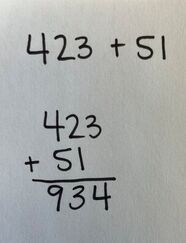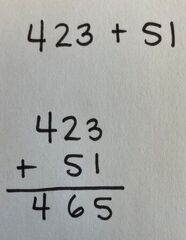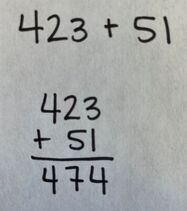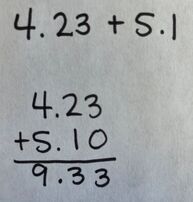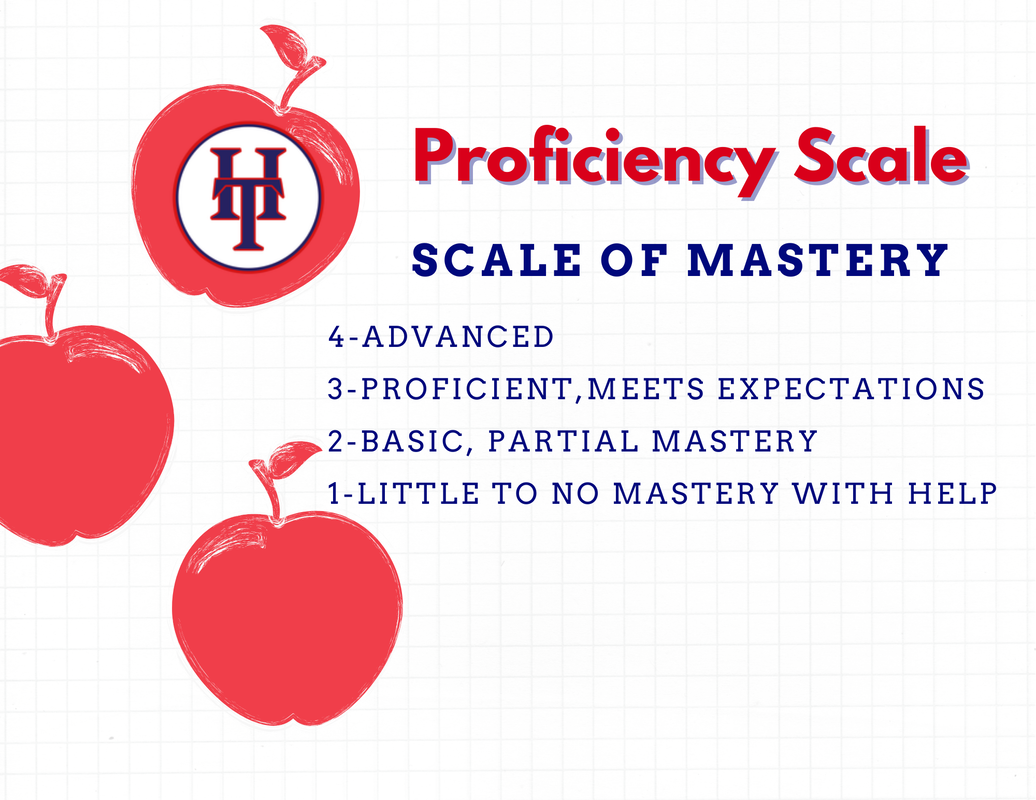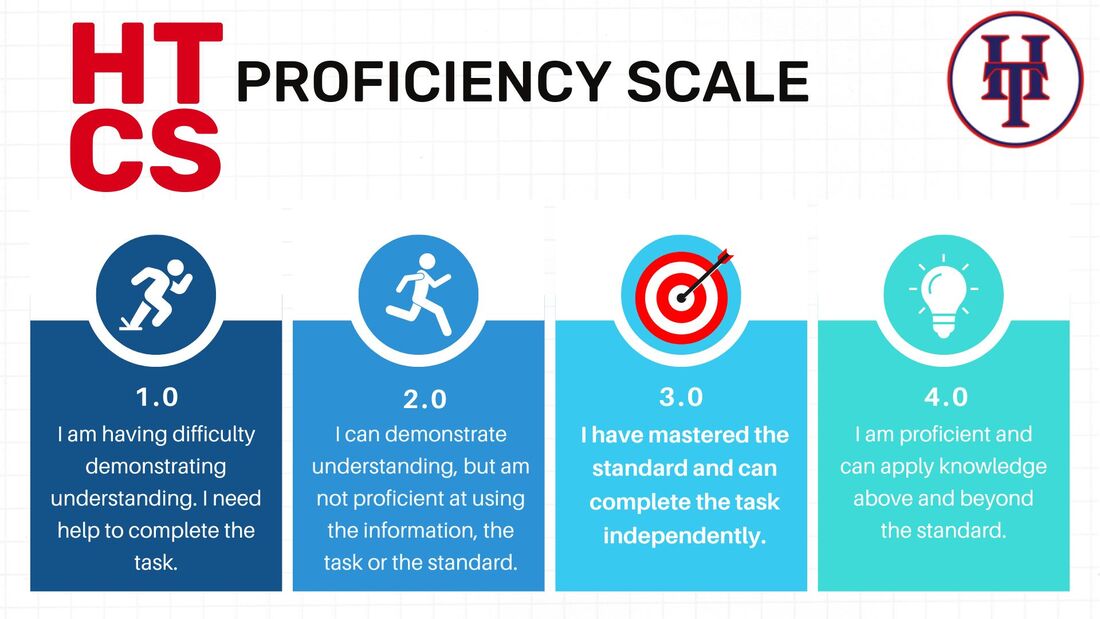- About
-
Families
- 2024-2025 Information
- Calendar 2024-25
- Monday Minute
-
Monday Minute Archives
>
- Monday Minute (06/3/24) >
- Monday Minute (05/28/24)
- Monday Minute (05/20/24)
- Monday Minute (05/13/24)
- Monday Minute (05/06/24)
- Monday Minute (04/29/24)
- Monday Minute (04/22/24)
- Monday Minute (04/08/24)
- Monday Minute (04/08/24)
- Monday Minute 4/2/2024
- Monday Minute 3/18/24
- Monday Minute 3/11/24
- Monday Minute 3/4/24
- Monday Minute (9.4.20)
- Monday Minute (9.14.20)
- Monday Minute (9.21.20)
- Monday Minute (9.28.20)
- Monday Minute (10.5.20)
- Monday Minute (10.12.20)
- Monday Minute (10.19.20)
- Monday Minute (10.26.20)
- Monday Minute (11.2.20)
- Monday Minute (11.9.20)
- Monday Minute (11.16.20)
- Monday Minute (11.23.20)
- Monday Minute (11.30.20)
- Monday Minute (12.14.20)
- Monday Minute (1.4.21)
- Monday Minute (1.11.21)
- Monday Minute (1.19.21)
- Monday Minute (1.25.21)
- Monday Minute (2.1.21)
- Monday Minute (2.8.21)
- Monday Minute (2.16.21)
- Monday Minute (2.22.21)
- Monday Minute (3.1.21)
- Monday Minute (3.8.21)
- Monday Minute (3.15.21)
- Monday Minute (3.29.21)
- Monday Minute (04/06/2021)
- Monday Minute (4.12.21)
- Monday Minute (4.19.21)
- Monday Minute (4.26.21)
- Monday Minute (5.3.21)
- Monday Minute (5.10.21)
- Monday Minute (5.17.21)
- Monday Minute (5.24.21)
- Monday Minute (6.1.21)
- Monday Minute (6.7.21)
- Monday Minute (6.14.21)
- Monday Minute (8.2.21)
- Monday Minute (8.9.21)
- Monday Minute (8.16.21)
- Monday Minute (08/23/21)
- Monday Minute (8.30.21)
- Monday Minute (9.7.21)
- Monday Minute (9.13.21)
- Monday Minute (9.20.21)
- Monday Minute (9.27.21)
- Monday Minute (10.4.21)
- Monday Minute (10.11.21)
- Monday Minute (10.18.21)
- Monday Minute (10.25.21)
- Monday Minute (11.1.21)
- Monday Minute (11.8.21)
- Monday Minute (11.15.21)
- Monday Minute (11.22.21)
- Monday Minute (11.29.21)
- Monday Minute (12.6.21)
- Monday Minute (12.13.21)
- Monday Minute (1.3.22)
- Monday Minute (1.10.22)
- Monday Minute (1.18.22)
- Monday Minute (1.24.22)
- Monday Minute (1.31.22)
- Monday Minute (2.7.22)
- Monday Minute (2.7.22)
- Monday Minute (2.24.22)
- Monday Minute (2.28.22)
- Monday Minute (3.7.22)
- Monday Minute (3.14.22)
- Monday Minute 03/21/22
- Monday Minute (3.28.22)
- Monday Minute (4.4.22)
- Monday Minute (4.11.22)
- Monday Minute (4.19.22)
- Monday Minute (4.25.22)
- Monday Minute (5.2.22)
- Monday Minute (5.9.22)
- Monday Minute (5.16.22)
- Monday Minute (5.23.22)
- Monday Minute (5.31.22)
- Monday Minute (6.6.22)
- Monday Minute (6.13.22)
- Monday Minute (6.20.22)
- Monday Minute (8.1.22)
- Monday Minute (8.15.22)
- Monday Minute (8.15.22)
- Monday Minute (8.29.22)
- Monday Minute (9.6.22)
- Monday Minute (9.12.22)
- Monday Minute (9.19.22)
- Monday Minute (9.26.22)
- Monday Minute (10.3.22)
- Monday Minute (10.10.22)
- Monday Minute (10.17.22)
- Monday Minute (10.24.22)
- Monday Minute (10.31.22)
- Monday Minute (11.7.22)
- Monday Minute (11.14.22)
- Monday Minute (11.21.22)
- Monday Minute (11.28.22)
- Monday Minute (12/5/22)
- Monday Minute (12.12.22)
- Monday Minute (1.3.23)
- Monday Minute (1.9.23)
- Monday Minute (1.17.23)
- Monday Minute (1.23.23)
- Monday Minute (1.30.23)
- Monday Minute (2.6.23)
- Monday Minute (2.13.23)
- Monday Minute (2.22.23)
- Monday Minute (2.27.23)
- Monday Minute (3.6.23)
- Monday Minute (3.13.23)
- Monday Minute (3.20.23)
- Monday Minute (4.3.23)
- Monday Minute (4.11.23)
- Monday Minute (4.17.23)
- Monday Minute (4.24.23)
- Monday Minute (5.2.23)
- Monday Minute (5.8.23)
- Monday Minute (5.16.23)
- Monday Minute (5.22.23)
- Monday Minute (5.30.23)
- Monday Minute (6-5-23)
- Monday Minute (6.12.23)
- Parent and Student Handbook
- Volunteer Opportunities >
- PTO
- School Lunch
- Extended Care
- CYO Sports
- Contact
- Admissions
- Academics
- SUPPORT US
- About
-
Families
- 2024-2025 Information
- Calendar 2024-25
- Monday Minute
-
Monday Minute Archives
>
- Monday Minute (06/3/24) >
- Monday Minute (05/28/24)
- Monday Minute (05/20/24)
- Monday Minute (05/13/24)
- Monday Minute (05/06/24)
- Monday Minute (04/29/24)
- Monday Minute (04/22/24)
- Monday Minute (04/08/24)
- Monday Minute (04/08/24)
- Monday Minute 4/2/2024
- Monday Minute 3/18/24
- Monday Minute 3/11/24
- Monday Minute 3/4/24
- Monday Minute (9.4.20)
- Monday Minute (9.14.20)
- Monday Minute (9.21.20)
- Monday Minute (9.28.20)
- Monday Minute (10.5.20)
- Monday Minute (10.12.20)
- Monday Minute (10.19.20)
- Monday Minute (10.26.20)
- Monday Minute (11.2.20)
- Monday Minute (11.9.20)
- Monday Minute (11.16.20)
- Monday Minute (11.23.20)
- Monday Minute (11.30.20)
- Monday Minute (12.14.20)
- Monday Minute (1.4.21)
- Monday Minute (1.11.21)
- Monday Minute (1.19.21)
- Monday Minute (1.25.21)
- Monday Minute (2.1.21)
- Monday Minute (2.8.21)
- Monday Minute (2.16.21)
- Monday Minute (2.22.21)
- Monday Minute (3.1.21)
- Monday Minute (3.8.21)
- Monday Minute (3.15.21)
- Monday Minute (3.29.21)
- Monday Minute (04/06/2021)
- Monday Minute (4.12.21)
- Monday Minute (4.19.21)
- Monday Minute (4.26.21)
- Monday Minute (5.3.21)
- Monday Minute (5.10.21)
- Monday Minute (5.17.21)
- Monday Minute (5.24.21)
- Monday Minute (6.1.21)
- Monday Minute (6.7.21)
- Monday Minute (6.14.21)
- Monday Minute (8.2.21)
- Monday Minute (8.9.21)
- Monday Minute (8.16.21)
- Monday Minute (08/23/21)
- Monday Minute (8.30.21)
- Monday Minute (9.7.21)
- Monday Minute (9.13.21)
- Monday Minute (9.20.21)
- Monday Minute (9.27.21)
- Monday Minute (10.4.21)
- Monday Minute (10.11.21)
- Monday Minute (10.18.21)
- Monday Minute (10.25.21)
- Monday Minute (11.1.21)
- Monday Minute (11.8.21)
- Monday Minute (11.15.21)
- Monday Minute (11.22.21)
- Monday Minute (11.29.21)
- Monday Minute (12.6.21)
- Monday Minute (12.13.21)
- Monday Minute (1.3.22)
- Monday Minute (1.10.22)
- Monday Minute (1.18.22)
- Monday Minute (1.24.22)
- Monday Minute (1.31.22)
- Monday Minute (2.7.22)
- Monday Minute (2.7.22)
- Monday Minute (2.24.22)
- Monday Minute (2.28.22)
- Monday Minute (3.7.22)
- Monday Minute (3.14.22)
- Monday Minute 03/21/22
- Monday Minute (3.28.22)
- Monday Minute (4.4.22)
- Monday Minute (4.11.22)
- Monday Minute (4.19.22)
- Monday Minute (4.25.22)
- Monday Minute (5.2.22)
- Monday Minute (5.9.22)
- Monday Minute (5.16.22)
- Monday Minute (5.23.22)
- Monday Minute (5.31.22)
- Monday Minute (6.6.22)
- Monday Minute (6.13.22)
- Monday Minute (6.20.22)
- Monday Minute (8.1.22)
- Monday Minute (8.15.22)
- Monday Minute (8.15.22)
- Monday Minute (8.29.22)
- Monday Minute (9.6.22)
- Monday Minute (9.12.22)
- Monday Minute (9.19.22)
- Monday Minute (9.26.22)
- Monday Minute (10.3.22)
- Monday Minute (10.10.22)
- Monday Minute (10.17.22)
- Monday Minute (10.24.22)
- Monday Minute (10.31.22)
- Monday Minute (11.7.22)
- Monday Minute (11.14.22)
- Monday Minute (11.21.22)
- Monday Minute (11.28.22)
- Monday Minute (12/5/22)
- Monday Minute (12.12.22)
- Monday Minute (1.3.23)
- Monday Minute (1.9.23)
- Monday Minute (1.17.23)
- Monday Minute (1.23.23)
- Monday Minute (1.30.23)
- Monday Minute (2.6.23)
- Monday Minute (2.13.23)
- Monday Minute (2.22.23)
- Monday Minute (2.27.23)
- Monday Minute (3.6.23)
- Monday Minute (3.13.23)
- Monday Minute (3.20.23)
- Monday Minute (4.3.23)
- Monday Minute (4.11.23)
- Monday Minute (4.17.23)
- Monday Minute (4.24.23)
- Monday Minute (5.2.23)
- Monday Minute (5.8.23)
- Monday Minute (5.16.23)
- Monday Minute (5.22.23)
- Monday Minute (5.30.23)
- Monday Minute (6-5-23)
- Monday Minute (6.12.23)
- Parent and Student Handbook
- Volunteer Opportunities >
- PTO
- School Lunch
- Extended Care
- CYO Sports
- Contact
- Admissions
- Academics
- SUPPORT US

